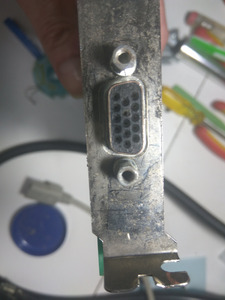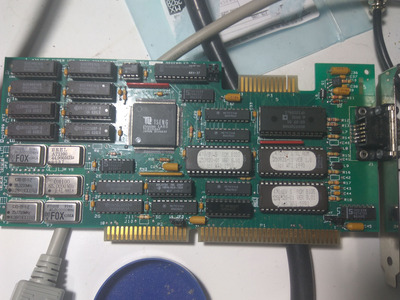First post, by jcarvalho
Hi guys, I have a strange problem and need your help.
I have an ET4000AX with 14 pins VGA connector and I opened the "closed hole" with a small drill. I noticed that the hidden pin was connected to the mobo internally, so I disconnected the pin.
The strange thing is: When connecting the 40 pin IDE cable to the I/O card the computer freezes on boot staying like this:
And does nothing. When I disconnect the IDE cable from de I/O card the computer boots normally.
This only happens with the ET4000, the others cards that I have tried everything works (Trident 8900c and some OAK vga card). I would like to use the ET4000 because it is just better. The system is an 386 DX 40 with an unknown mobo.
I am using a cheap CF-IDE card with an NIC with XT-IDE
Many thanks for your kind help!!!
Regards,
Jorge


